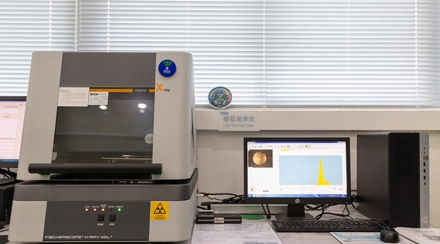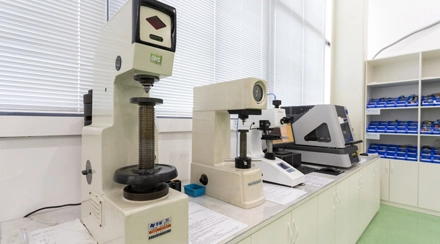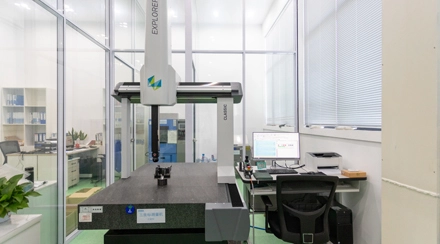Extrusion and injection blow molding machines, such as Sidel SBO Universal and Kautex KBB Series.
Plastics (PET, HDPE, PVC).
Max bottle size: 5 liters. Tolerances: ±0.1mm.
Quality Management System: ISO 9001:2015 certified, ensuring high-quality molded products.
Inspection Equipment: CMM, digital calipers, and pressure testers.
Quality Assurance Process: Material verification, in-process inspections, and final product inspection using CMM and pressure testers to ensure dimensional accuracy and structural integrity.
Parison Extrusion: A plastic resin is heated and extruded through a die to form a tubular parison. The parison's thickness and length can be adjusted to create different product sizes and shapes.
Parison Clamping: The parison is clamped between two halves of a mold, which contains the desired shape.
Blow Inflation: Air or another gas is forced into the parison, causing it to expand and conform to the shape of the mold.
Cooling: The inflated part is cooled to solidify the plastic and set the shape.
Ejection: The finished product is ejected from the mold.
Precision and Consistency: Advanced blow molding techniques ensure that each product meets stringent quality standards, providing consistent results across large production runs.
Economies of Scale: Bulk production capabilities reduce per-unit costs, making it more economical for large orders.
Design Flexibility: Ability to create complex shapes and sizes tailored to specific customer requirements.
Prototyping Services: Rapid prototyping capabilities allow for quick iterations and refinements, ensuring the final product meets exact specifications.
Technical Expertise: Access to a team of experts who can provide technical support and guidance throughout the project.
1. Fuel Tanks
Blow molding is commonly used to produce lightweight and durable fuel tanks, which are designed to meet safety and regulatory standards while minimizing weight.
2. Air Ducts
Blow molded air ducts are used in automotive HVAC systems to direct air efficiently throughout the vehicle, enhancing passenger comfort.
3. Bumpers
Some automotive bumpers are made using blow molding to achieve a lightweight structure that provides impact resistance and aesthetic appeal.
4. Fenders
Blow molded fenders are used to cover and protect the wheels while contributing to the overall design of the vehicle.
5. Housings for Components
Blow molding is used to create housings for various automotive components, such as headlights, taillights, and electronic devices, ensuring protection and durability.
6. Storage Compartments
Blow molded parts are often used to create storage compartments within vehicles, providing lightweight and efficient solutions for organizing space.


